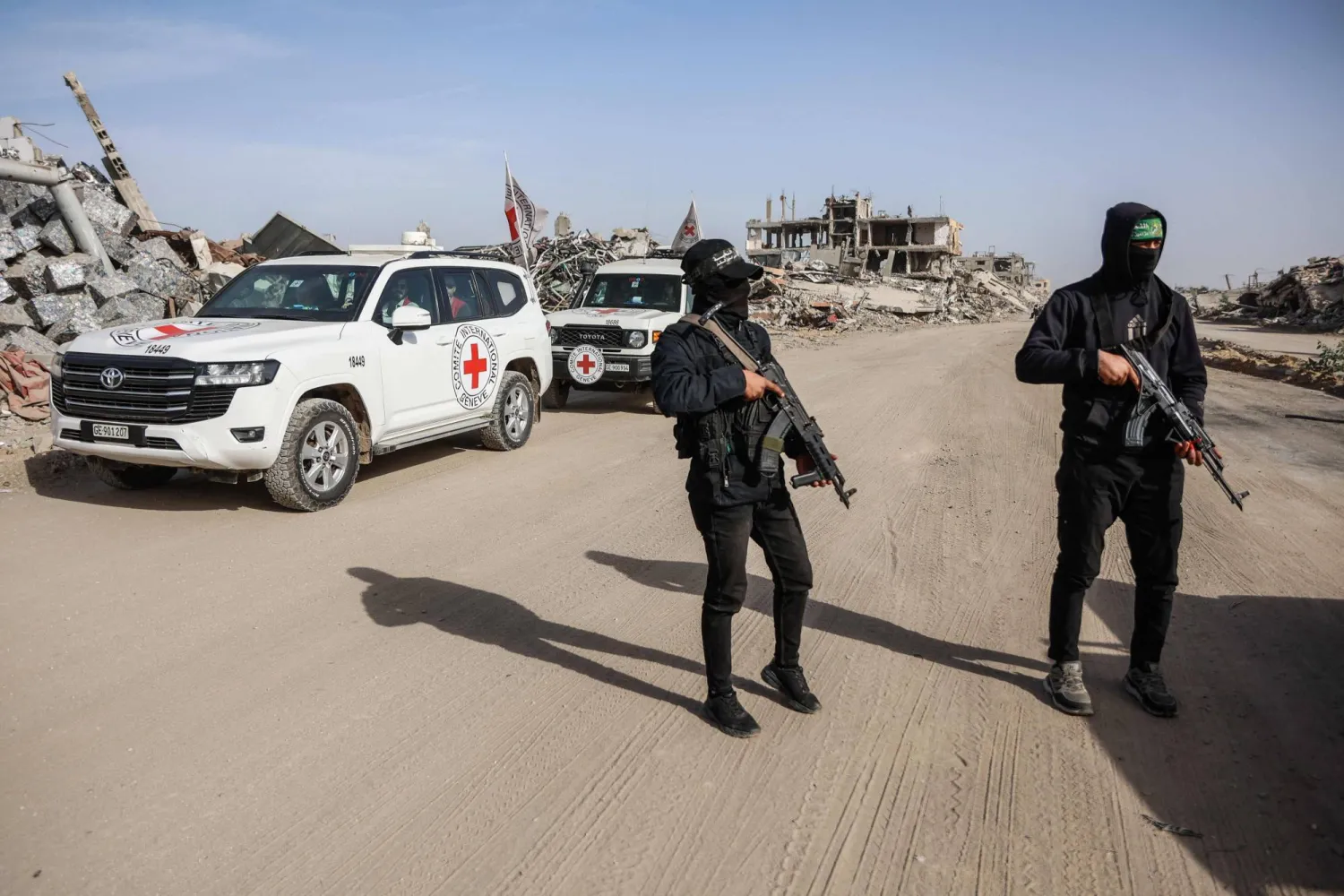The UN refugee agency (UNHCR) said on Tuesday it is expanding its Sudan aid plan to two new countries, Libya and Uganda, after tens of thousands of refugees arrived there in recent months.
UNHCR's Ewan Watson told reporters in Geneva that at least 20,000 refugees had arrived in Libya since last year, with arrivals accelerating in recent months, while at least 39,000 Sudanese refugees had arrived in Uganda.
"It just speaks to the desperate situation and desperate decisions that people are making, that they end up in a place like Libya which is of course extremely, extremely difficult for refugees right now," he said.
Sudan's conflict has created the world’s largest displacement crisis with over 11 million people forced to flee their homes. International experts warned Thursday that that 755,000 people are facing famine in the coming months, and that 8.5 million people are facing extreme food shortages.









